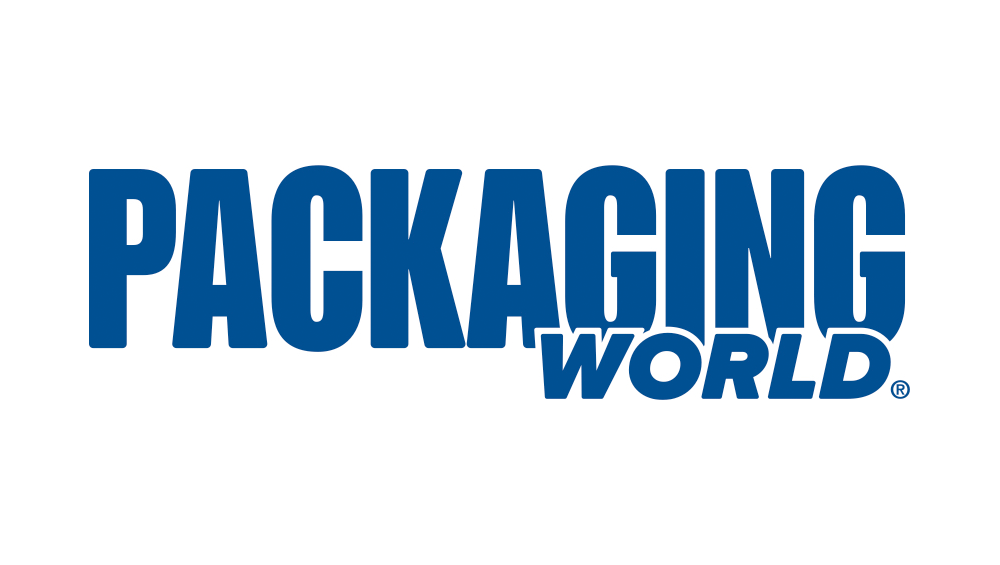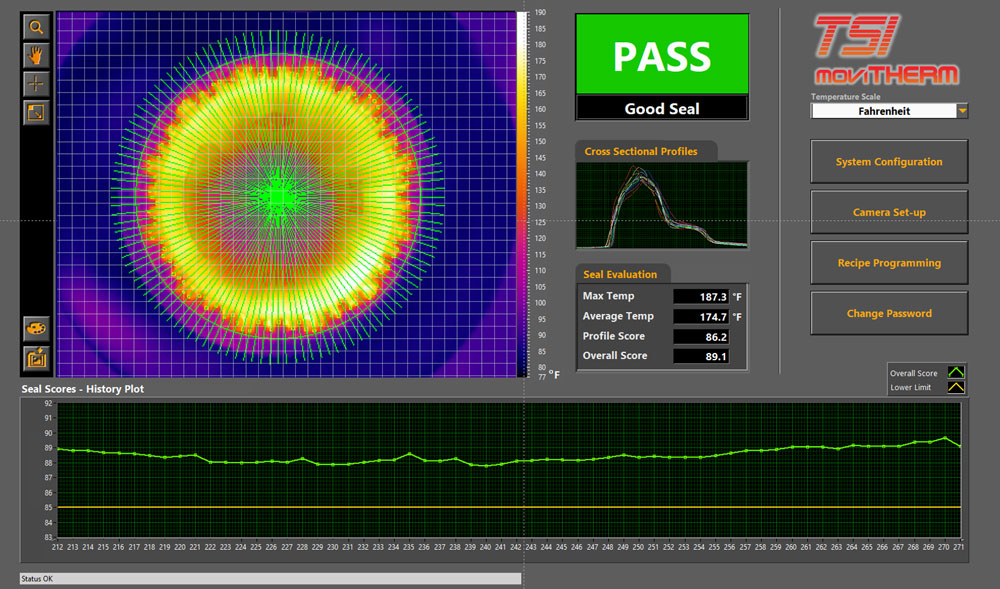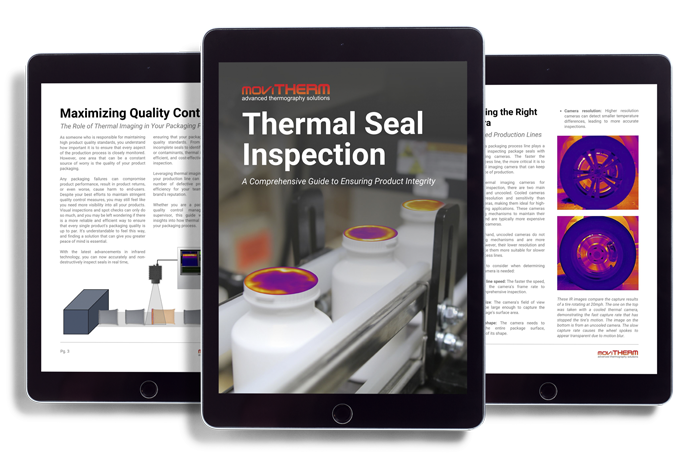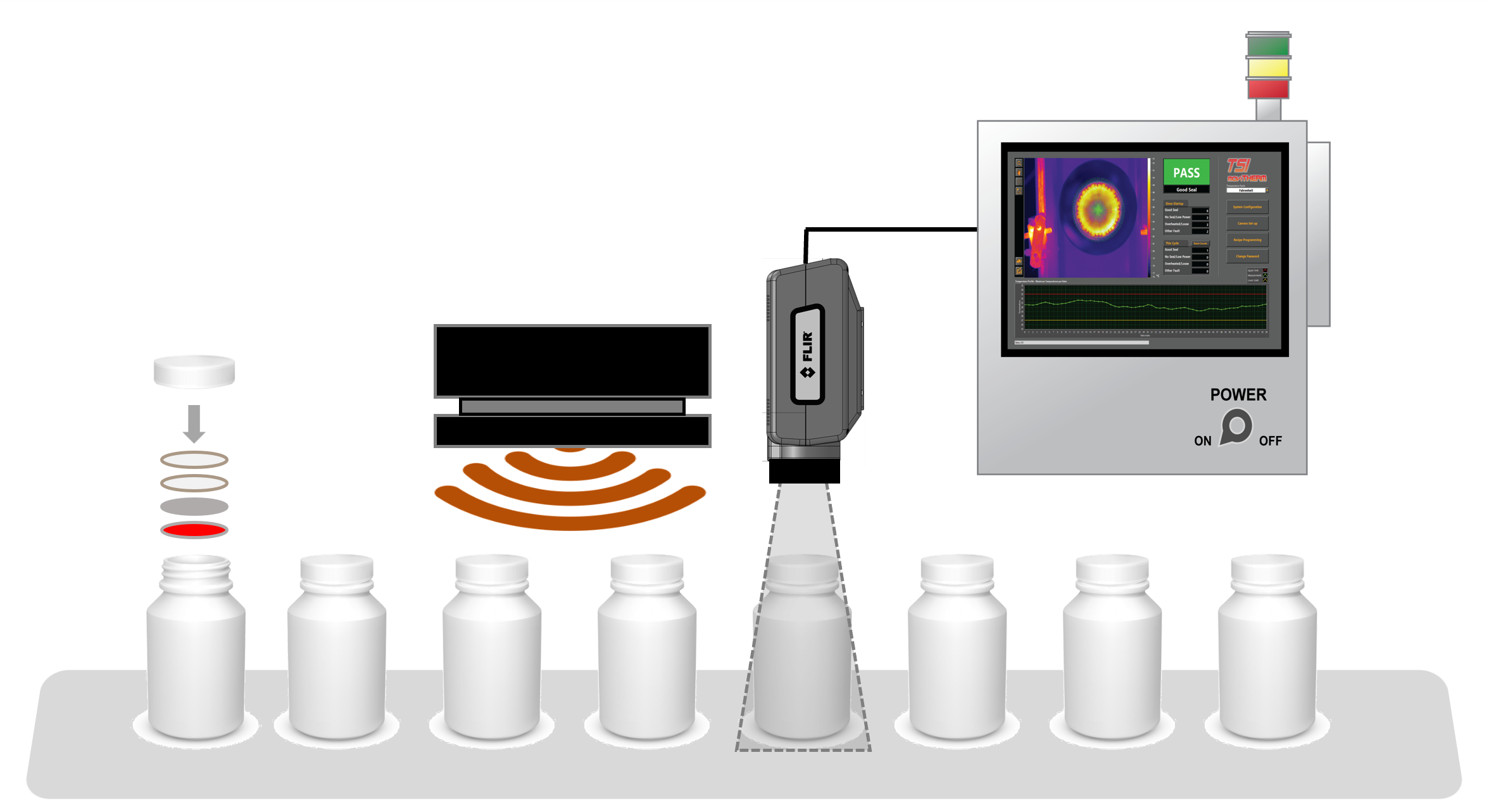Improve Seal Quality
Increase Efficiency
Reduce Waste
Protect Brand Reputation
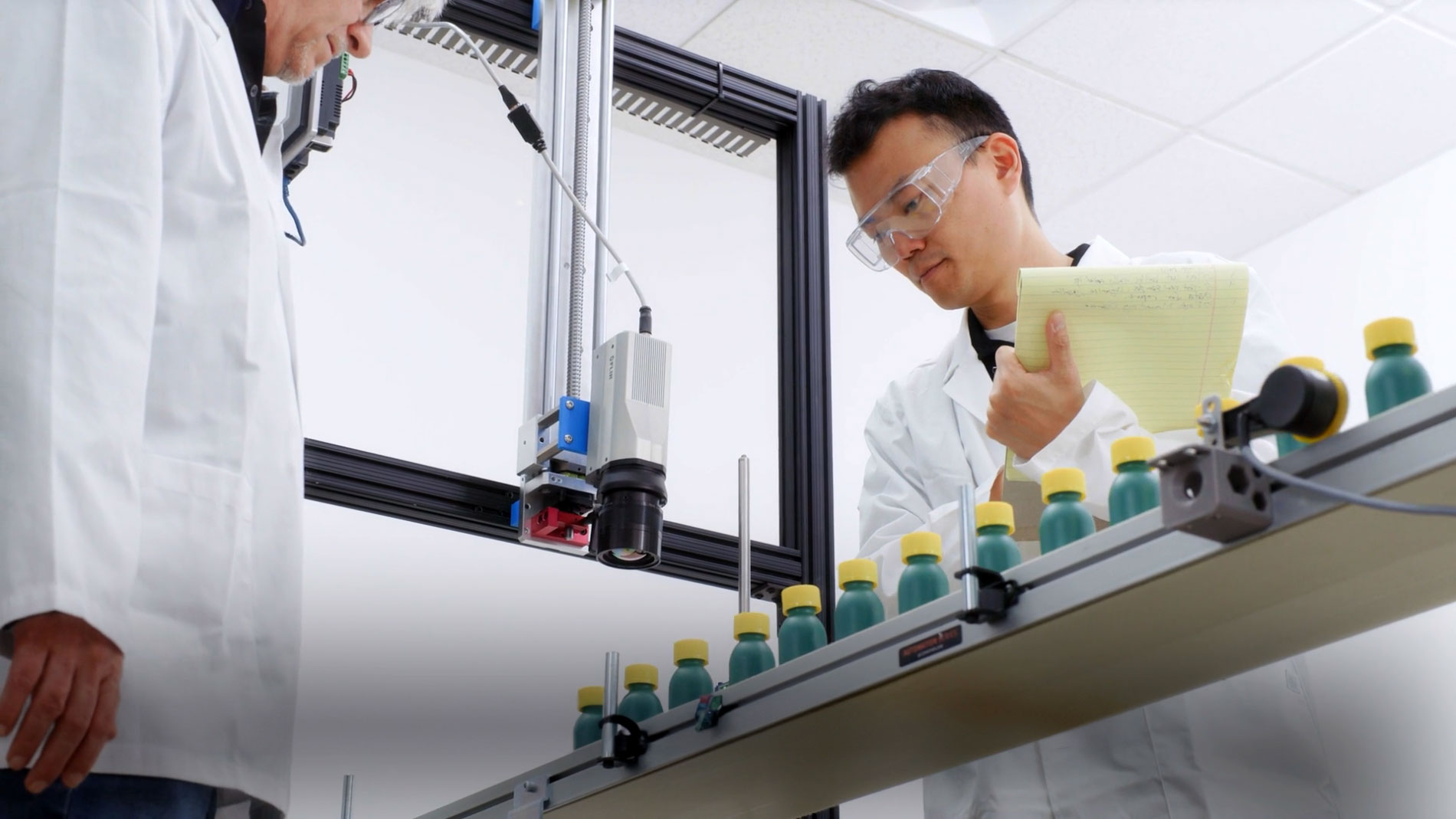
Ensure defect-free bottle cap seals
Are you facing difficulties with expensive and time-consuming quality control procedures for bottle cap seals? Our thermal seal inspection system for bottle caps is specifically designed to identify and prevent defects in heat-sealed packaging during the production process.
Our automated system is seamlessly integrated into your current production line, removing the need for manual inspection and reducing the possibility of human error. By using our solution, you can improve efficiency, maintain a streamlined production flow, and achieve greater productivity levels, all while ensuring precise and reliable results.
Featured in…
Type of defects that can be detected
Smarter seal inspection, faster production
Automated thermal imaging verifies every cap instantly, without slowing your line.
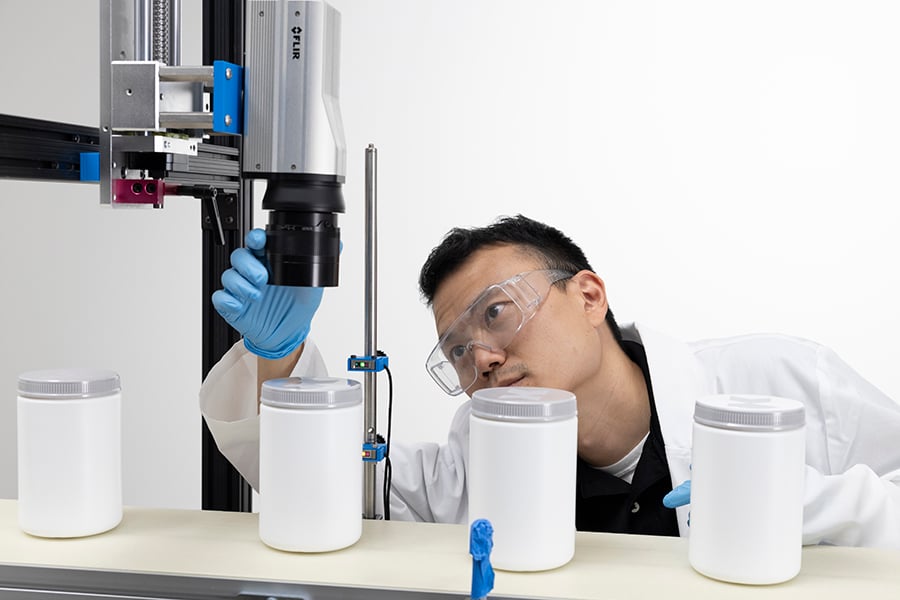
Seamlessly integrate with your production line
The TSI system is designed for effortless integration into your existing production line. It speaks the most common industrial languages, ensuring compatibility with your current setup. With a standard Ethernet/IP interface and built-in digital I/O for alerting and bottle rejection, the TSI system fits right in. For those requiring strict regulatory compliance, it also offers optional FDA CFR 21 Part 11 compliance for electronic records keeping.





